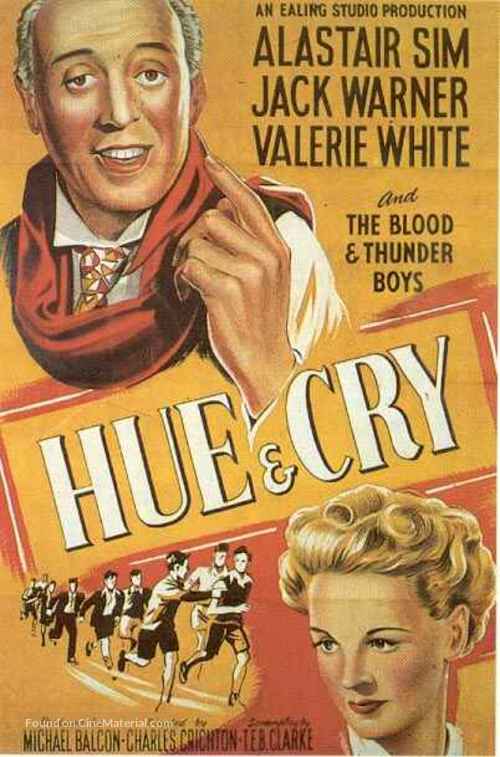
Extremely costly, and intimately associated with the decadence of the monarchy, these exquisite, printed confections saw both their relevance and their primary clientele disappear abruptly in the wake of the French Revolution. By the terms of the period, prints were understood as an art of black and white if a print had color, it failed to qualify as fine art and had to be considered within some other classification, like illustration or advertising.Ī century before the “color revolution” of the 1890s, color prints had already attained a zenith of technical perfection in France, but their popularity did not last. These negative associations discouraged the practice even after technical advances had made it more feasible and affordable. Critics at the time scorned color printmaking, calling it gaudy, garish, vulgar, cheap, showy, and commercial. Not only was printed color difficult and expensive to achieve, it was also frowned upon as a matter of taste. Yet their extraordinary popular appeal both then and now masks the fact that, for a very long time, color in print was an outlier phenomenon. Beyond the intriguing look at how public taste and critical opinion collided, we think that our visitors will find great delight in exploring these beautiful prints.”īrightly colored prints and posters are synonymous with Paris in the 1890s-a period known as the Belle Époque (beautiful age). “While the controversy over color might seem quaint, this exhibition tells a fascinating story to explain the ways in which the art world confronted this change. “Color prints are so widely accepted and beloved today that it’s hard to understand the early opposition that these works received,” said Olivier Meslay, Hardymon Director of the Clark. The exhibition is on view Decemthrough March 6, 2022. Hue & Cry: French Printmaking and the Debate over Colors presents a wide array of French color prints from the Clark’s works-on-paper collection, by artists including Pierre Bonnard, Mary Cassatt, Paul Cézanne, Jules Chéret, Maurice Denis, Camille Pissarro, Henri de Toulouse-Lautrec, and Édouard Vuillard. (Williamstown, Massachusetts)- In its latest exhibition, the Clark Art Institute presents an opportunity to explore the surprising but steady opposition to the use of color in printmaking in nineteenth-century France.


Hue & Cry: French Printmaking and the Debate over Colors opens on December 11, 2021 Digital Images Available Upon Request CLARK ART INSTITUTE OPENS EXHIBITION ON FRENCH PRINTS EXPLORING THE COLOR REVOLUTION OF THE NINETEENTH CENTURY


 0 kommentar(er)
0 kommentar(er)
